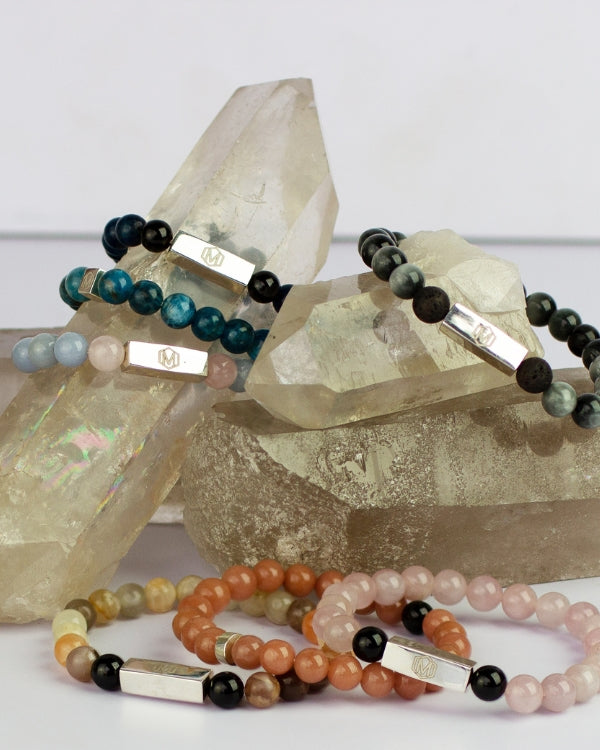The Earth’s crust is the most exciting part of our planet – it’s where gemstones are formed and found (with the exception of Diamonds, which form much deeper somewhere in the region between the lower crust and upper mantle). This is all thanks to volcanic eruptions, thrusting all the essential elements needed to form crystals from the depths of our planet. With over 4,000 minerals on earth today Obsidian is one of greater abundance and has range of uses throughout history.

Classified as an extrusive igneous rock, Obsidian is formed from the extremely rapid cooling of felsic lavas, which are high in silica and aluminum. As a general rule of thumb, the larger the crystal the longer it has had to crystallise. Steady temperatures mean the mineral rich solutions can continue to separate and solidify, through a process called fractional crystallisation, and produce large, well-formed crystals. Due to the quick cooling of Obsidian once it reaches the low temperatures of the earth’s surface, the mineral constituents from which it forms do not have time to crystallise.

With its body colour generally appearing as dark brown, greenish, or black due to iron/magnesium impurities, the many named varieties of obsidian refer to the inclusion or coloured iridescent sheens it may exhibit. Popular varieties include Snowflake Obsidian with greyish-white spherulites, Mahogany Obsidian, Gold Sheen Obsidian and Silver Sheen Obsidian. On the rare occasion where Obsidian displays a multi-coloured sheen, it is knows as ‘Rainbow Obsidian’, a much sought after and popular formation that contains fine, multi-coloured, parallel layers. The iridescence is due to fine inclusions of mineral crystals, rock debris or gases trapped under the surface and throughout the stone. In the case of Rainbow Obsidian each layer contains different densities of inclusions and gas bubbles diffracting the light into alternating spectral colours.

Worn as a talisman of protection to ward-off negative energies it is also the structural properties of Obsidian that made it a valuable commodity for Stone Age tool makers. Blades or arrowheads could be fashioned by breaking and fracturing the surface into curved shapes with a sharpness finer than that of any steel, down to nearly molecular thinness. Our designer has also captured these in some of our rings and pendants too!
Our Earth is constantly evolving and part of that evolution means outbursts from its core in the form of a volcano. These magnificent (and dangerous) products of the earth’s energy mean crystals and minerals are beginning their growth cycle with every fiery explosion. Thankfully for us in the jewellery industry Obsidian is readily available but for our other stones such as Amethyst and Aquamarine what is currently at our disposable may be all that is available in our lifetime.
Discover our Obsidian collection












